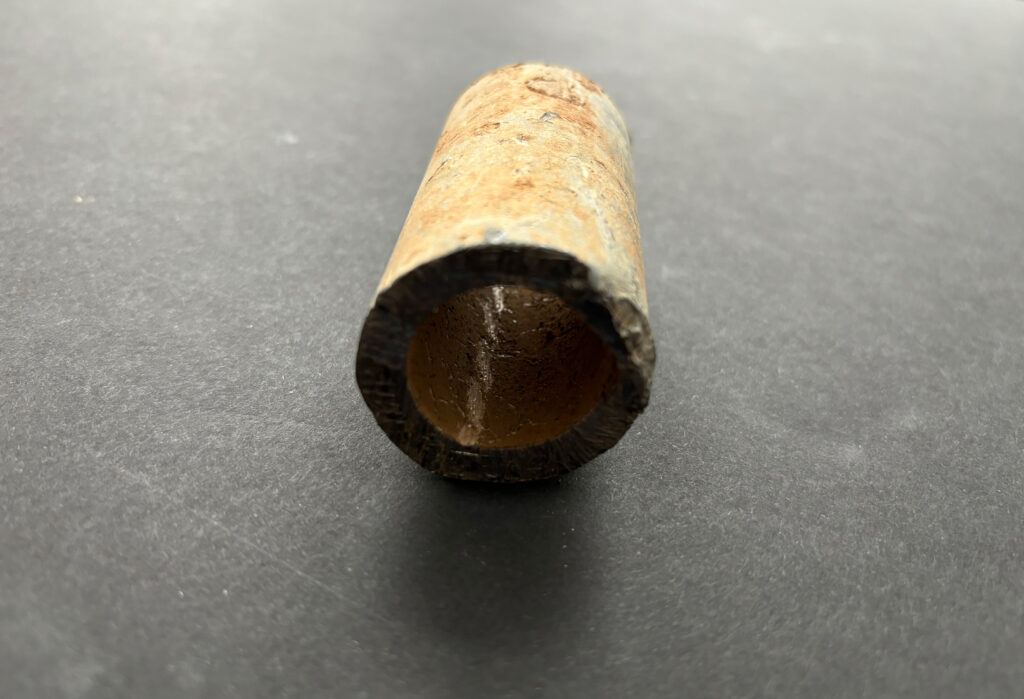What Happened?
On December 6, 2023, EPA published proposed improvements to its Lead and Copper Rule (LCR) designed to eliminate lead service lines (LSLs) with the vast majority of the lead pipes replaced by 2037. Overall, it is an outstanding proposal.
However, as Unleaded Kids was preparing to submit comments by the February 5 deadline, we noticed a critical problem with the EPA proposal that could undermine achievement of the Biden Administration’s goal of eliminating LSLs. The proposal leaves ambiguous whether the mandate to replace LSLs includes lines on private property.
Specifically, the proposal 1) deletes the existing references to private property in the definitions of both “Lead Service Line”1 and “Full Lead Service Line Replacement”2 and 2) provides that full replacement of LSLs is only required when the water system has “access” to the LSL without setting criteria for what qualifies.3 Taken together, these changes create a serious ambiguity as to whether utilities will be required to replace most of the nation’s lead lines. As a result, the proposal may setback progress on achieving the Biden Administration’s goal of eliminating all LSLs.
For those more familiar with lead-based paint, the problem is akin to defining “abatement” based on a person’s intent to permanently eliminate lead-based paint hazards at 40 CFR § 745.223. As a result, abatement rarely occurs, and hazards often return several years after a clean-up.

Lead pipe removed from a Washington, D.C., residence. Photo courtesy of Janet Fox.
Why It Matters
The version of the LCR in place from 1991 to 2021 has a provision that has plagued progress on LSL replacement and undermined efforts to reduce lead in drinking water. It effectively limited a community water system’s responsibility to replace LSLs to the portion of service lines it owns, despite portions of most LSLs being privately owned.
For the portion privately owned, the water system was only required to notify the owner and offer to replace it. Further limiting its impact, those requirements were triggered only after the water system exceeded the lead action level.4
The 2021 revision to the LCR took a significant step forward by requiring full LSL replacement, regardless of property ownership, when the water system exceeded the lead action level. However, it stopped short of requiring full LSL replacement as an integral part of a program to reduce lead in drinking water.
The proposed improvements to the LCR are intended to require that water systems conduct full LSL replacement, regardless of ownership, as long as they have “access” to the service lines. Unfortunately, the changes to the definitions and the lack of guidance about what constitutes legal and physical “access” mean the proposal may not accomplish that goal.
Our Take
We think EPA must fix the rule. Specifically, the proposed definition of service line should include the sentence in red below that is in the current definition of LSL.
Service line, for the purpose of subpart I of this part only, means a portion of pipe which connects the water main to the building inlet. Where a building is not present, the service line connects the water main to the outlet. Service lines may be owned by the water system, owned by the property owner, or both.
In addition, EPA should provide more useful criteria regarding access and avoid parenthetical examples such as “(e.g., legal access, physical access)” or stating what it does not establish. We recommend the changes to proposed 40 C.F.R. § 141.84(d) regarding mandatory full service line replacement as follows.
(1) All water systems must replace all lead and galvanized requiring replacement service lines under the control of the water system unless the replacement would leave in place a partial lead service line.
(2) Where a water system has access (e.g., legal access, physical access) to conduct full service line replacement, the service line is under its control, and the water system must replace the service line regardless of ownership of the line or the property it is on. Where a water system does not have access to conduct full service line replacement, the water system is not required by this rule to replace the line, but the water system must document the reasons that the water system does not have access and include any specific laws, regulations, and/or water tariff agreements that affect the water system’s ability to gain access to conduct full replacement of a lead service line and or a galvanized requiring replacement service line replacement identified pursuant to paragraph (c)(1)(viii) of this section. The water system must provide this documentation to the State pursuant to § 141.90(e)(10).
(i) This rule does not establish the criteria for determining whether a system has access to conduct full service line replacement. The criteria for determining whether a system has access to conduct full service line replacement include: whether the system can safely enter the property; whether the system can safely conduct the replacement; and whether the system has obtained the property owner’s consent, if consent is required for access. Presence of a lead service line on private property does not, by itself, determine whether a system has access to conduct full service line replacement for purposes of this rule. Any State or local laws or water tariff agreement requirements to gain access to conduct full service line replacement must be identified in the service line replacement plan as described in paragraph (c) of this section and in the notification provided to persons served by lead, galvanized requiring replacement, and unknown service lines as described in § 141.85(e).
(3) Where a water system has legal access pursuant to § 141.84(d)(2)(i) to conduct full service line replacement only if property owner consent is obtained, the water system must make a ‘‘reasonable effort’’ to obtain property owner consent or written waiver documenting refusal of access for the purpose of full lead service line replacement. If such a water system does not obtain consent after making a ‘‘reasonable effort’’ to obtain it from any property owner, then the water system is not required by this rule to replace any portion of the service line at that address.
Next Steps
We will submit comments to explain the problem and recommend the changes described above. We will also encourage others interested in reducing people’s exposure to lead to do the same.
- The current version of the term “lead service line,” at 40 C.F.R. § 141.2, states in relevant part, “Lead service line means a portion of pipe that is made of lead, which connects the water main to the building inlet. A lead service line may be owned by the water system, owned by the property owner, or both” (emphasis added). The proposed rule would eliminate reference to property ownership: “Lead service line, for the purpose of subpart I of this part only, means a service line that is made of lead or where a portion of the service line is made of lead.” 88 Federal Register 85054. ↩︎
- The current version of the term “full lead service line replacement,” at 40 C.F.R. § 141.2, states in relevant part: “Full lead service line replacement means the replacement of a lead service line (as well as galvanized service lines requiring replacement), as defined in this section, that results in the entire length of the service line, regardless of service line ownership…” (emphasis added). The proposed rule would delete this definition in its entirety. ↩︎
- “This rule does not establish the criteria for determining whether a system has access to conduct full service line replacement.” 88 Federal Register 85064. ↩︎
- 21 CFR § 141.84(d) from the proposal states that “A system is not required to bear the cost of replacing the privately-owned portion of the line, nor is it required to replace the privately-owned portion where the owner chooses not to pay the cost of replacing the privately-owned portion of the line, or where replacing the privately-owned portion would be precluded by State, local or common law.” ↩︎
